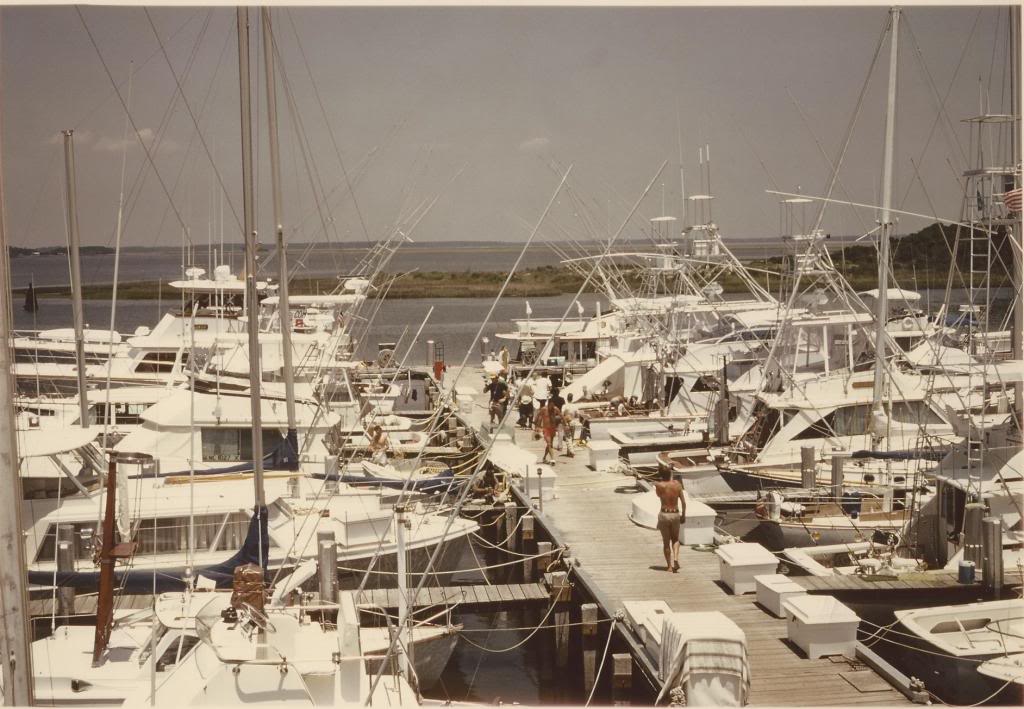caltexflanc
Guru
That's alright George, I'm sure a lot has changed. We allow women to vote now too.

Whaaat?!?! boy that place sure has turned into a PC pinko granola crunching hell hole. Here in North Carolina they want less people voting, saves all that time and manpower doing ballot counts on their fingers.






